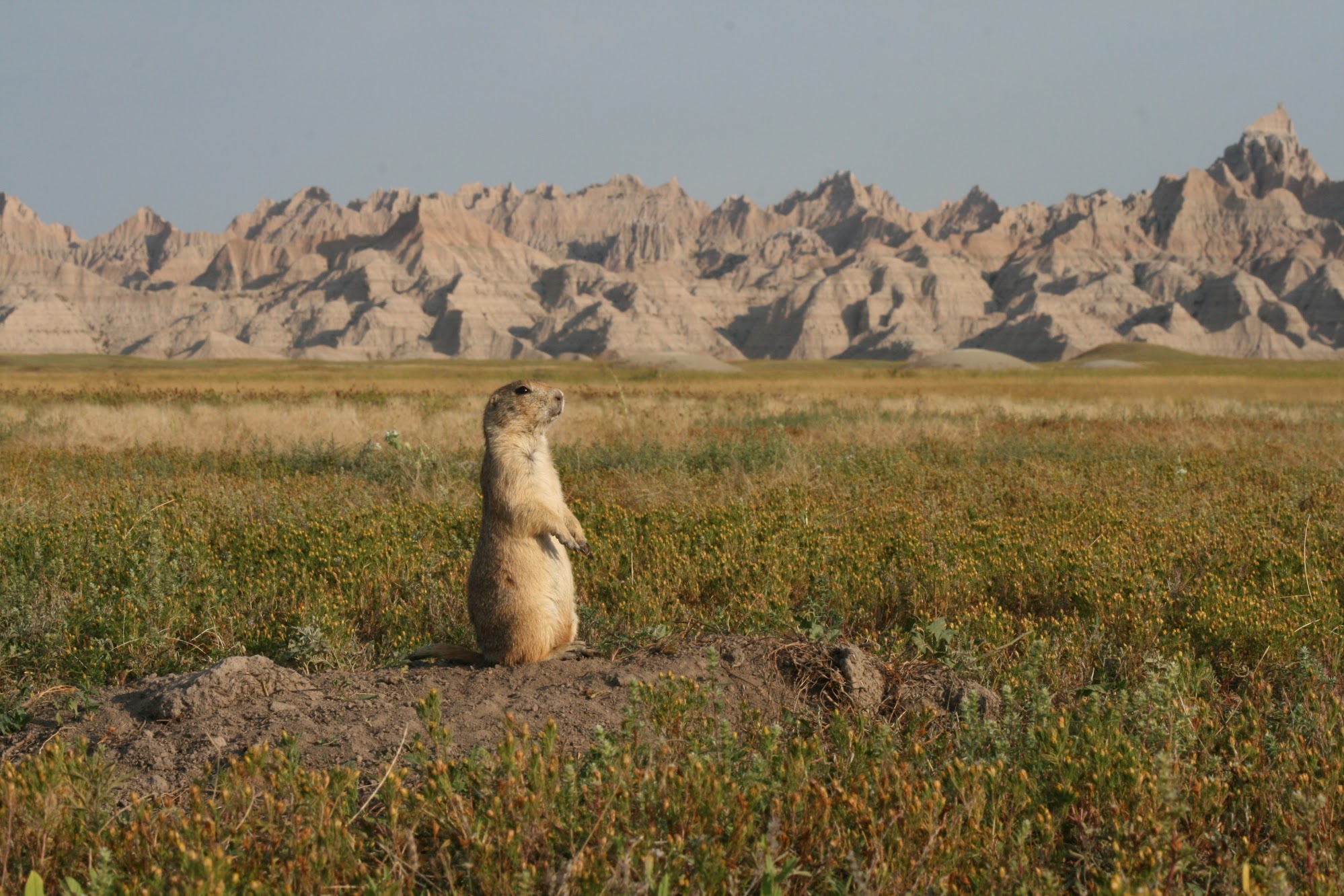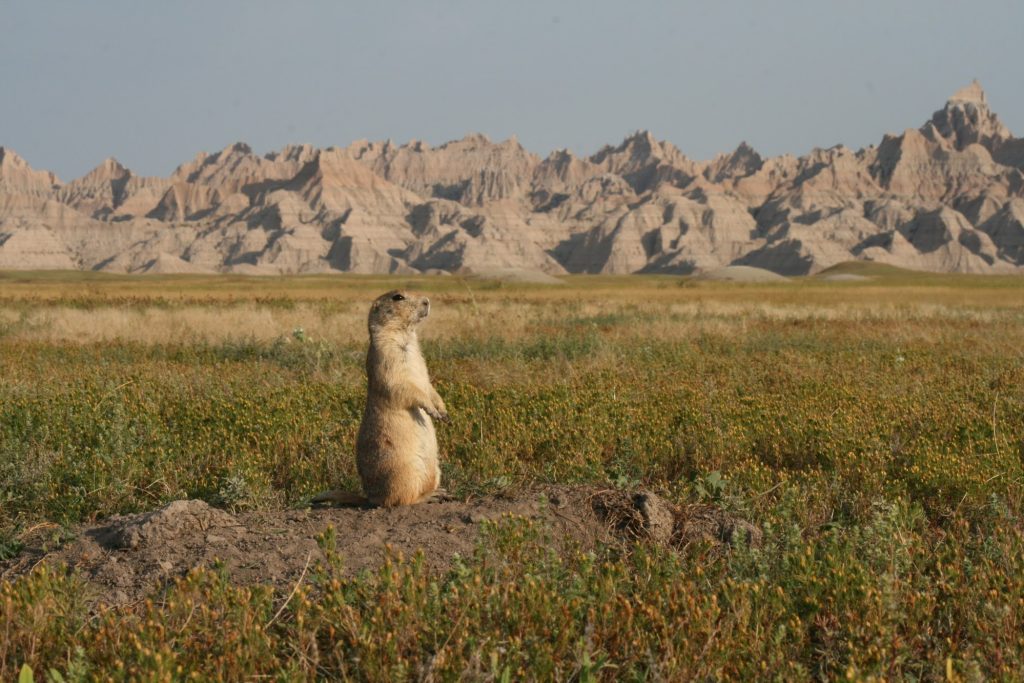RAPID CITY, S.D. — The plague has been confirmed in prairie dogs in the Badlands National Park, Buffalo Gap National Grassland, and the greater Conata-Badlands ecosystem, according to the National Park Service and U.S. Forest Service.
The plague was confirmed from May 31 tests.
“Plague is a non-native bacterial disease that occurs in rodents and their fleas throughout the western U.S.,” the NPS said.
The NPS has posted signs for park visitors for awareness and safety. Humans can get the plague but the risk is low, the NPS said.
In response to the plague, the NPS and U.S. Forest Service and conservation partners are applying emergency flea control agents to stop the spread, according to the release. They are also monitoring for plague activity in the Conata-Badlands area.
The area is known for a population of the endangered black-footed ferrets which along, with the prairie dog, may be at the greatest risk from plague. Ferrets are a food source for prairie dogs.
The Conata Basin has the largest black-footed ferret population in the world.
When the disease infected mammals in the Conata Basin in 2009, it killed more than 80% of the black-footed ferret population, a news release from the NPS said













